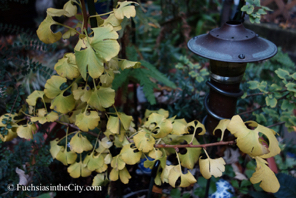Now appearing. Hostas take the fall stage
Tuesday, October 01, 2013
Every year, as the weather cools and the garden’s summer green slowly fades to gold, I’m surprised again, and delighted, at how fall plays out in this small space. The first performer is my potted Acer pseudosieboldianum, the purplebloom maple, which always seems to herald the shift well before the other players have given the approaching winter the slightest thought. Perhaps because it ranges from the colds of Korea and China into the bitter regions of the Russian Far East, it knows a thing or two about getting its act together early. Right now the various Japanese maples and dwarf ginkgos have started their play, abetted by the graceful arches of a Stephanandra incisa ‘Crispa’ and a chorus of Japanese forest grasses. The performance is shifting into full clamor this week. In another week it’ll certainly all be over. The lion’s-mane maple, the last on the scene, is already showing hints of bright copper in its crinkled, fat clutches of leaves. Just in time, I think. Looking at the extended forecast, winter’s scheduled for an early arrival this year and by tomorrow night it might be down to twenty-seven degrees overnight already. Which reminds me that I also need to drain the fountain.
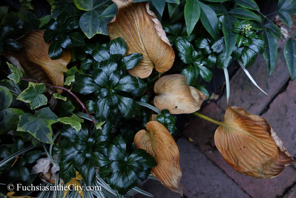
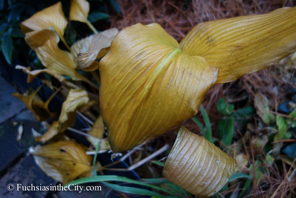
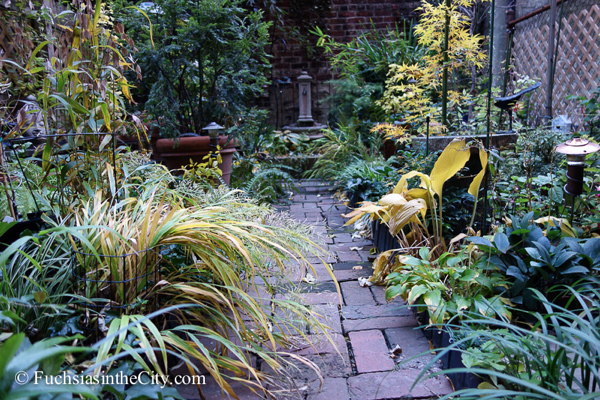
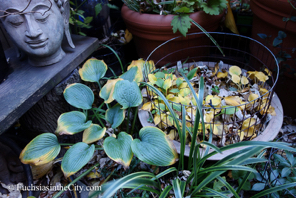

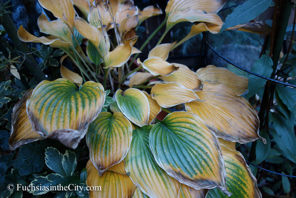
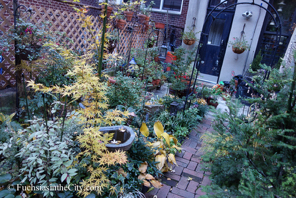
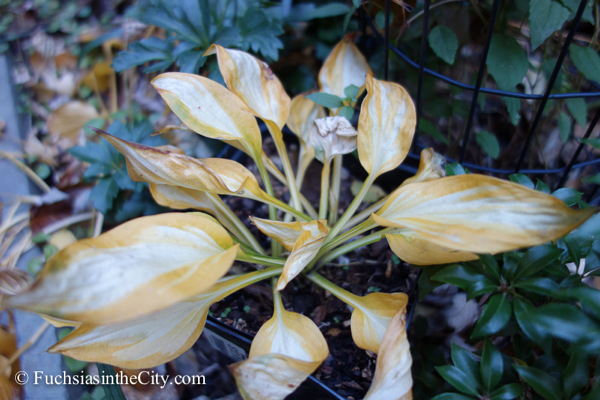
Hosta ’Tritecta’

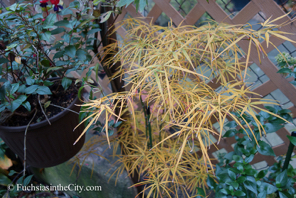
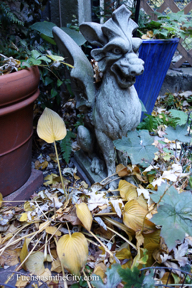
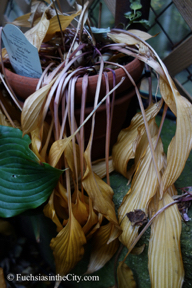
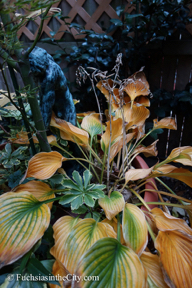
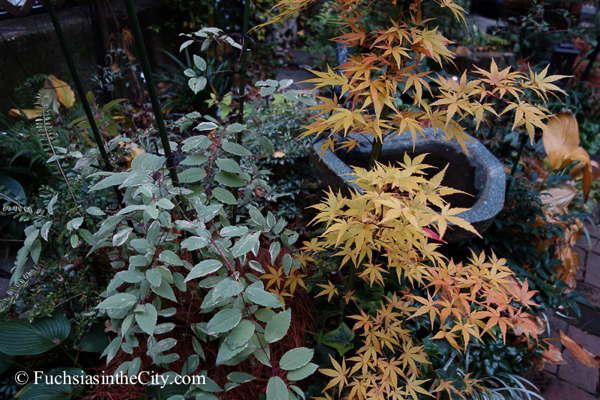
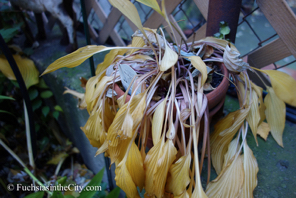


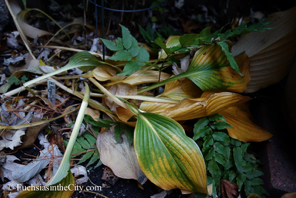

Hosta ‘Grand Slam’
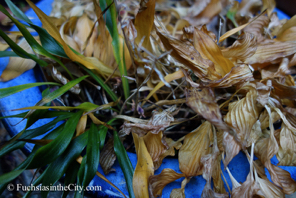
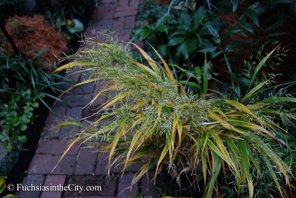
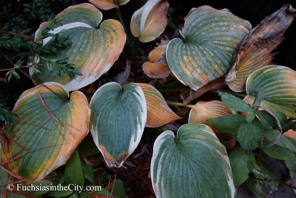

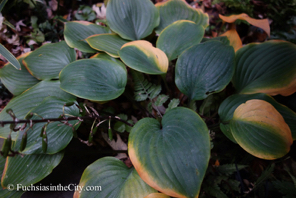
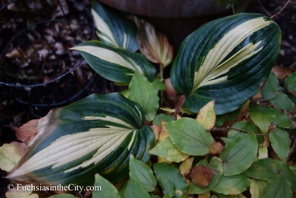
The Fuchsia+Blog Tags — fall | hortulus fuchsiarum | plants
